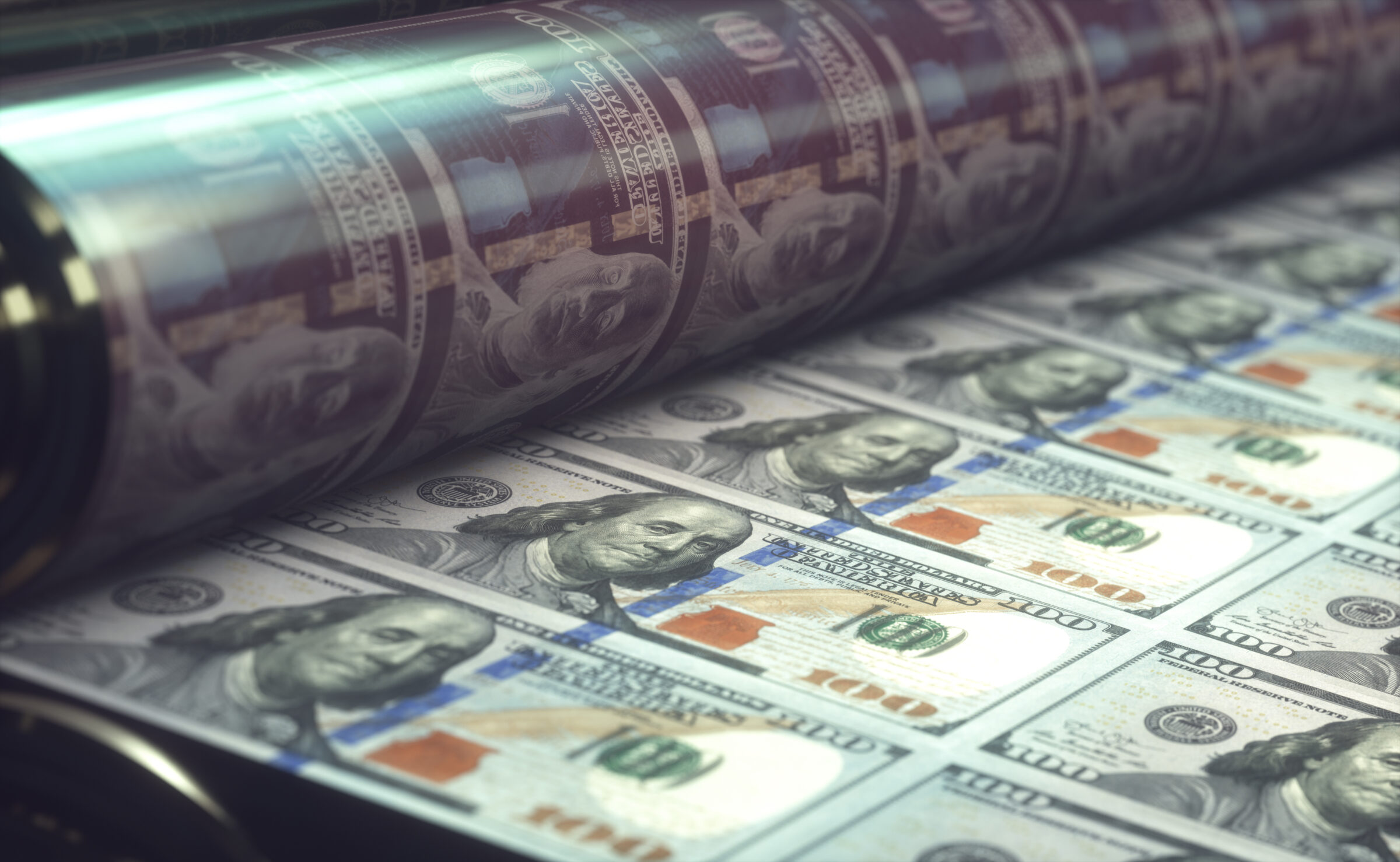


Zimbabwe’s Central Bank Starts Africa’s Path to a Gold Standard

The U.S. Has No Choice but to Undertake Radical Economic Change

Easter Is the World’s Most Historically Verified Holiday

The Abundance of Air Travel Since 1970

By Letting Us Strive in Darkness, God Wants Us to See the Light

The Good Old Days Were Really Expensive

Coca-Cola Abundance

Averting Insolvency Is a Key Battle America Must Win
With all the problems America is facing, the one that gets the least attention might be the most critical. The speed at which the United States will hit the wall of an insolvency crisis and collapse is approaching very fast.
The U.S. is currently spending more than $2 billion a day to service its debt, and that interest we pay on servicing the national debt is the fastest growing part of the federal budget. It will likely exceed the entire defense budget within a year. The constructive law of compound interest has been turned upside-down and we are now on a downward spiral of escalating compound debt and interest payments, wherein the U.S. government is locked into borrowing ever more money to pay the interest on new and previous debt obligations.
In the context of our history this has happened extremely fast. Just two decades ago, the U.S. national debt stood at about $4 trillion, which was at that time 36% of our GDP. Today, U.S. national debt is $34.2 trillion, which is about 126.5% of U.S. GDP—an increase of 755% in just twenty years.
What is the significance of the debt-to-GDP ratio? After the dollar was taken off the gold standard—which is to say no longer backed by gold—in 1933, it became a “fiat” currency backed only by the full faith and credit of the U.S. government and the economy of the country. GDP replaced gold as a measure of aggregate assets backing the currency. And the same is true for all countries as fiat currencies are now almost universal.
Read More ›
Who Is Creating More Value For Society? Jeff Bezos or Bernie Sanders?
Michael R. Strain of the American Enterprise Institute has noted: Billionaire innovators create enormous value for society. In a 2004 paper, the Nobel laureate economist William D. Nordhaus found “that only a minuscule fraction” – about 2.2% – “of the social returns from technological advances” accrued to innovators themselves. The rest of the benefits (which is to say, almost all of them) went to consumers. If Amazon founder Jeff Bezos is worth $170 billion, then according to Nordhaus, he’s created over $7.7 trillion in value for society. Bezos has made each American around $23,000 richer. But Vermont Senator Bernie Sanders thinks an innovator’s 2.2 percent is too much. Sanders tweeted “Billionaires should not exist.” Continue reading on Substack.
